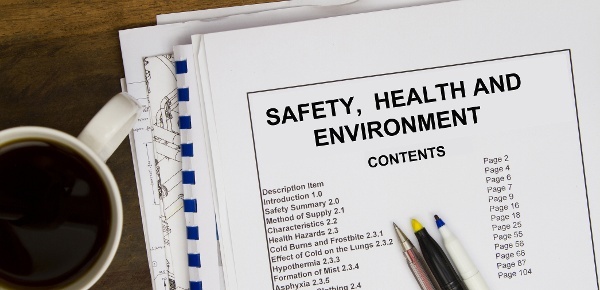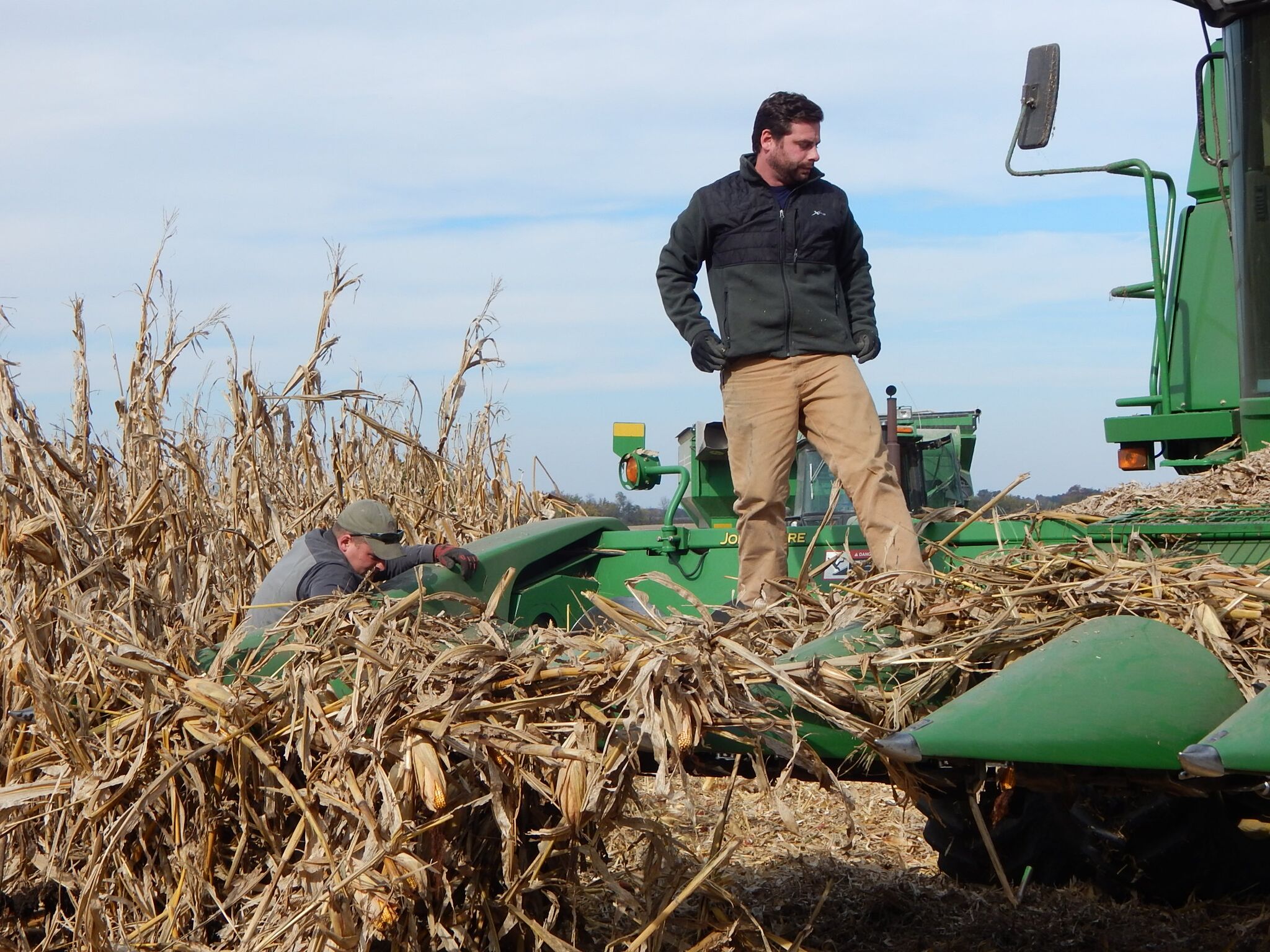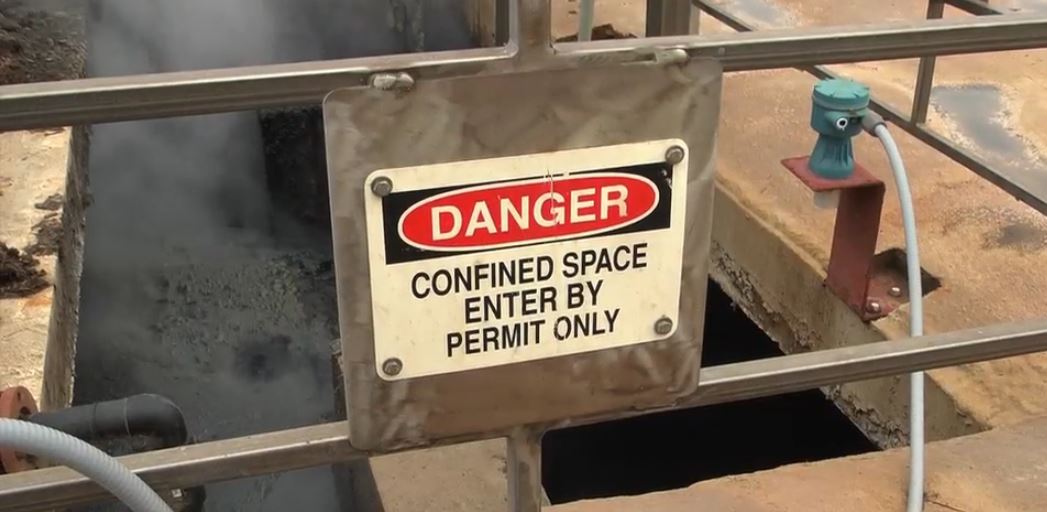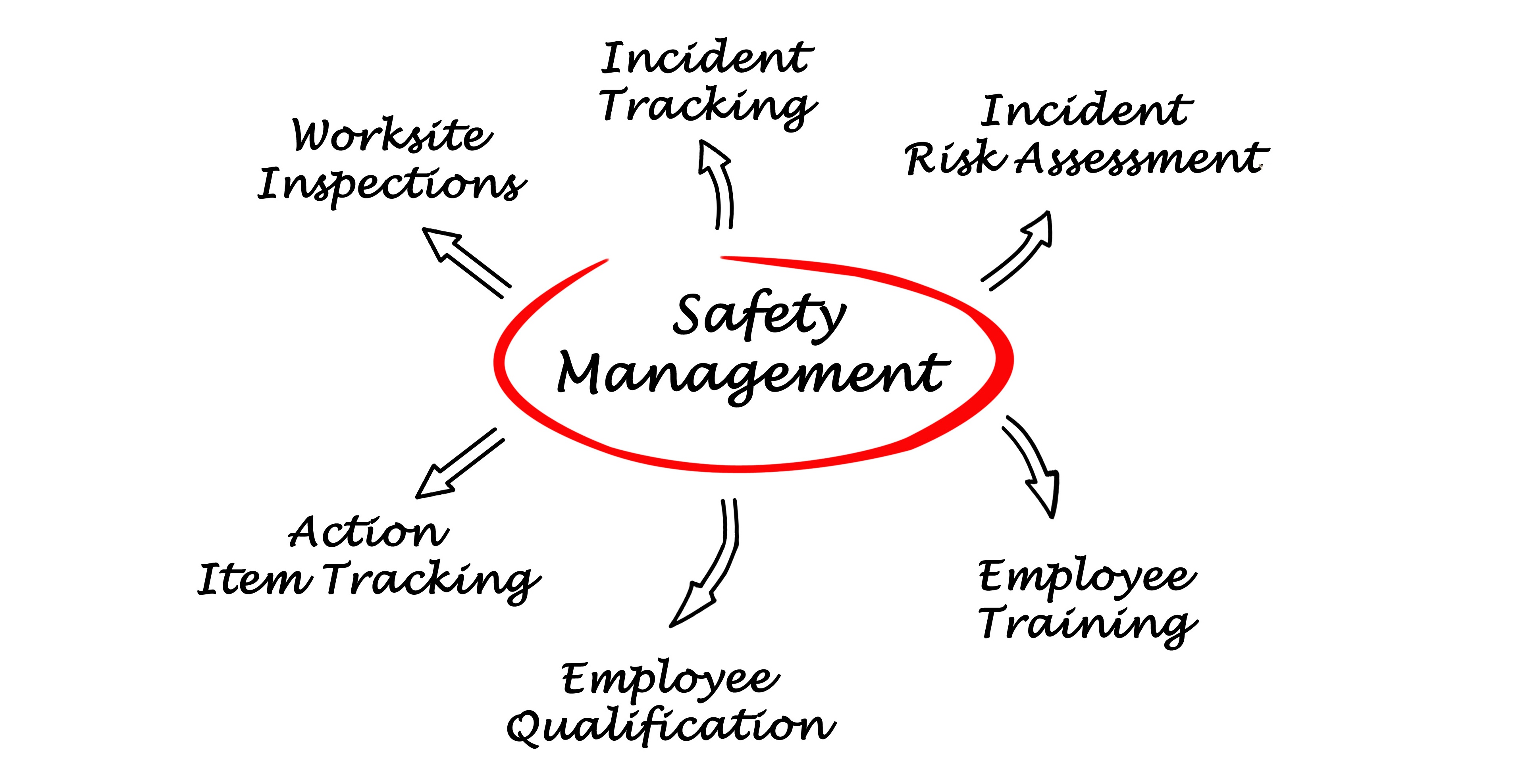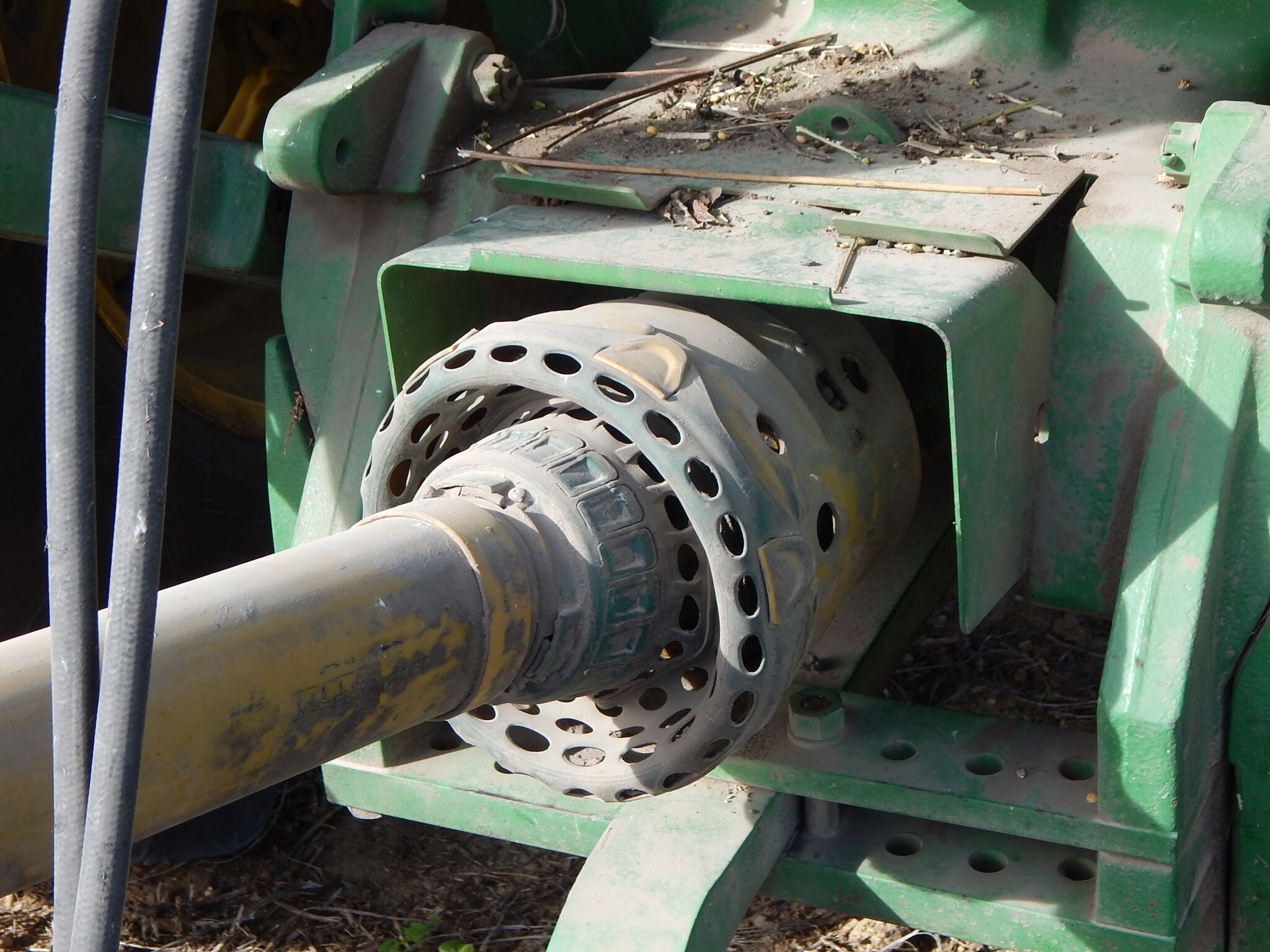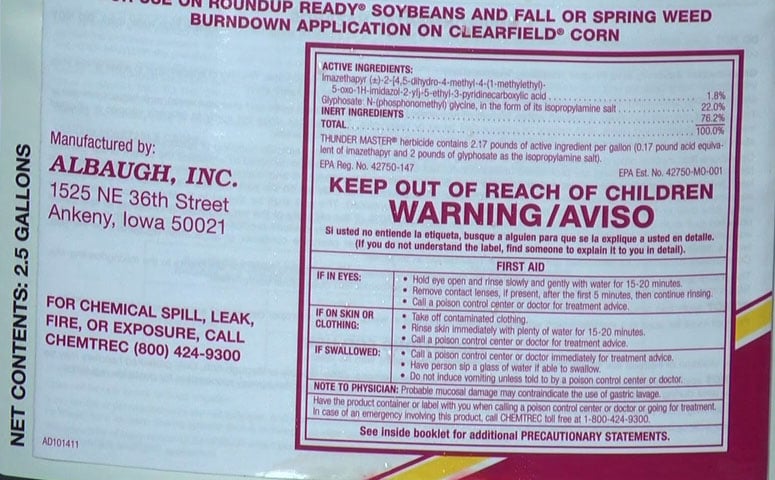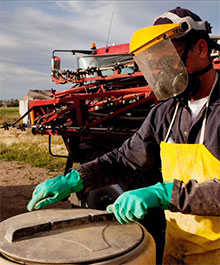For many ag operations, winter is the “off-season,” making it an excellent time to ensure your employees have completed their annual safety training. It’s also a good time to conduct a hazard assessment of your operation. Here are four things you can do now to help ensure that your next year is as safe as possible.
How to Run a Farm Safety Program: Prepping for the New Year 2017
Topics: safety training program, hazard communication, hazard analysis
Even though we may be done with harvest, there is still the rush to get fall tillage done, equipment stored, facilities secured for winter and other outdoor activities wrapped up before the snow flies. We know that the sooner these things are done, the more comfortable we will be when the weather gets unpleasant.
Topics: agriculture, hazard communication, special cases
Now is a great time to assess manure pit dangers and bone up on identifying hazardous gases as fall approaches. Many deaths happen late summer and fall when crops come off and producers are emptying pits. Everyone who works in or around manure storage (tanks, pits & lagoons) should understand manure gas hazards. A good resource for information is the Great Plains Center for Agriculture Health fact sheets at www.gpcah.org.
Topics: hazard communication, manure pit
Hazard Assessment: How to find the high risk safety issues on your operation
Compared to other industries, farm work is the most dangerous of all. Every year, more than 480 people in the US are killed performing ag-related jobs. Hundreds more are seriously injured. According to OSHA, it is the employer’s responsibility to evaluate the workplace and ensure a risk-free environment.
Topics: hazard communication, hazard analysis, productivity / goals / motivation
It's easy to take everyday safety measures for granted when you've got years of farm experience. You get used to going through the motions and repeating many of the same duties day in, day out.
Topics: machine guarding (PTOs/augers), agriculture, hazard communication
Employees and seasonal workers come from many sources to be employed in the agricutural industry. Many agricultural workers have had no exposure to the agricultural workplace. Regardless of how workers come to work for you, all workers need to know how to do their jobs safely.
Topics: machine guarding (PTOs/augers), agriculture, hazard communication, farm
It’s not enough just to know what to do in the event of an emergency, or how to protect yourself while working in the field or around your operation. An important component of ag safety is knowledge and information. Clear and effective communication of the potential hazards of your operation goes a long way toward reducing or eliminating the risk of an accident.
Topics: hazard communication
Chemicals are a fact of life in agriculture. We use them everywhere for almost everything. So it’s important to know the best practices for handling them carefully, storing them safely, and what to do in the event of unexpected exposure.
Topics: hazard communication, chemicals
How to Run a Farm Safety Program: Prepping for the New Year
For many ag operations, winter is the “off-season,” making it an excellent time to ensure your employees have completed their annual safety training. It’s also a good time to conduct a hazard assessment of your operation. Here are four things you can do now to help ensure that your next year is as safe as possible.
Hazard Assessment: How to find the high risk safety issues on your farm
Farm work is some of the most dangerous work there is. Every year, more than 480 people in the US are killed performing ag-related jobs. Hundreds more are seriously injured. According to OSHA, it is the employer’s responsibility to evaluate the workplace and ensure a risk-free environment.
Topics: hazard communication

